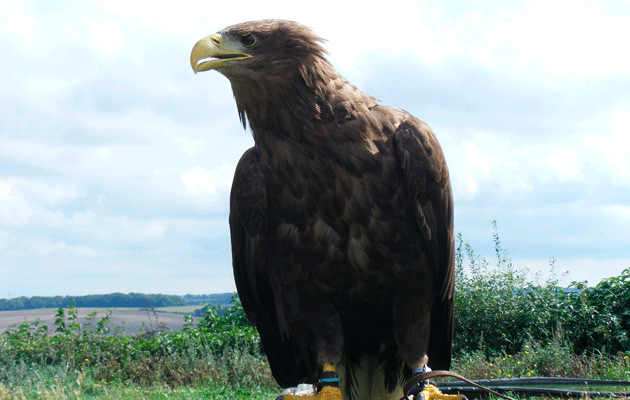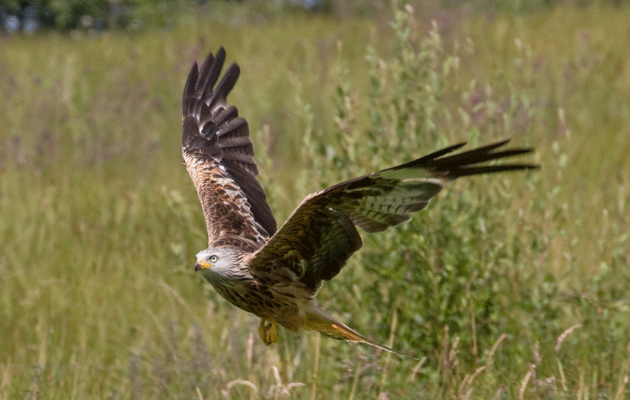Sharpshooter

very so often the British Trust for Ornithology (BTO) publishes a new atlas of British birds ? it is a splendid tome. As befits the BTO?s standing as a research charity, the maps and data are rigorously researched and sourced.
Those of us who regularly interact with BTO staff invariably find them to be pleasant, helpful and thoroughly professional. So when I happened to get a sneak preview of the new atlas, I was fascinated to see the entry for the common buzzard.
However, I was slightly concerned by the tone of the language used about buzzards, a species whose increase in population over recent decades has been nothing short of spectacular. Suffice to say that buzzards are now found in every county of the UK, whereas in 1870 they were restricted to the western fringe.
Last year, buzzards appeared over my farm for the first time in living memory, and this year a pair are displaying; it seems certain that they will nest. I?m not sure what they are feeding on, because we have few rabbits on this farm. Moreover, I know another part of my county where there is a truly incredible local density of buzzards, yet not a rabbit to be seen. It seems that buzzards will colonise new areas even in the absence of rabbits. Yet the BTO suggests that at least part of the increase may be due to ?an increase in the rabbit population?. This is a bit odd, because official figures show a decrease in national rabbit numbers since 1997, yet the buzzard population continues to soar upwards.
It?s all in the language
Even more interesting, however, is the BTO?s assertion that ?illegal human killing? remains ?a problem? in some areas and ?may well impact on local densities?. Now, we can all agree that illegal persecution is deplorable, but is it putting the buzzard population into such danger that it is worth a prominent mention? It seems to me that there are so many buzzards, that any local fluctuation is somewhere between ?many? and ?a lot?.
I am sorry to say that I harbour the unworthy suspicion that whoever wrote the relevant entry was susceptible to the language beloved of the raptor lobby. Some people cannot admit that certain birds of prey are doing incredibly well without hoisting all sorts of warning flags.
I particularly note the BTO?s use of the word ?recovery? ? a word that is much favoured by the raptorphiles. Thus the BTO?s commentary on the (very) common buzzard informs us that: ?The recovery of this species has in part been driven by a reduction in illegal human killing…?
A fair comment, in one sense. But when is a ?recovery? a ?surge?, I wonder? As far as I know, there is no reliable record of buzzards ever being as numerous as they are today. Certainly, there are more now than at any time in the past 150 years. Yet the BTO says that buzzards have ?recovered? to their current, green-listed conservation status. Exactly when, I wonder, does the BTO think that the buzzard was last at today?s population levels? Where is the robust statistical evidence justifying the word ?recovery??
Undue influence?
I do hope that the BTO, a splendid organisation dedicated to science, isn?t being overly influenced by its campaigning friends. More likely, I suspect, the person who wrote that entry had simply fallen into the trap of using the carefully crafted terminology that has become part of the everyday language of raptor campaigners. This is a pity, because it detracts from the BTO?s standing as an independent body.
Anyway, I shall take a leaf out of the BTO?s book. Henceforth, if I am ever lucky enough to win the lottery, I shall announce that my win has merely resulted in the ?recovery? of my bank balance.
Have your say: if you have a view on a current news topic, send it, in no more than 500 words, to steditorial@ipcmedia.com.
What is YOUR opinion?
Join other ST readers in our forums to discuss your views.
Like this article? Mark this page on a social bookmarking website…








